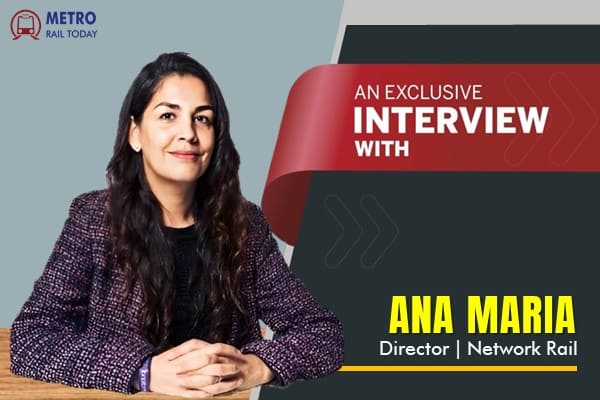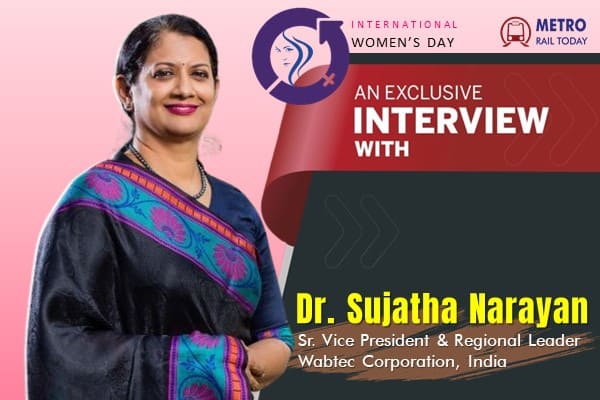 Sojitz-Larsen & Toubro JV bags $290mn civil contract for Jakarta's Mass Rapid Transit
Sojitz-Larsen & Toubro JV bags $290mn civil contract for Jakarta's Mass Rapid Transit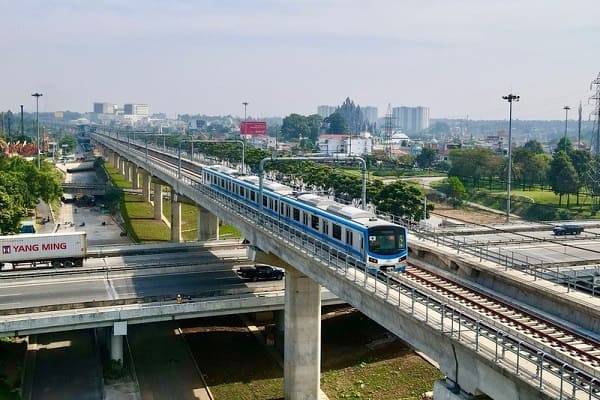 RVNL signs MoU with TUMAS India for Railways and Metro Infrastructure sector
RVNL signs MoU with TUMAS India for Railways and Metro Infrastructure sector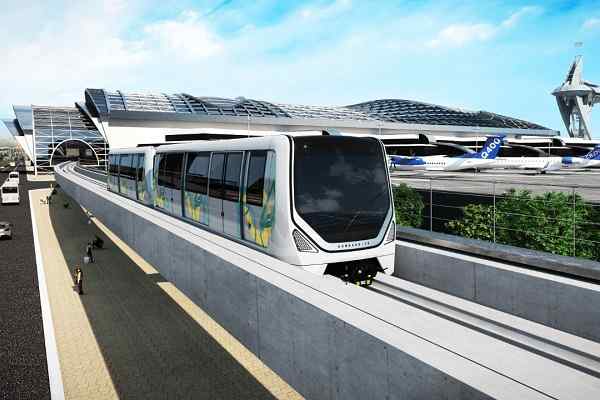 Alstom bags APM system contact for KA International Airport in Jeddah, Saudi Arabia
Alstom bags APM system contact for KA International Airport in Jeddah, Saudi Arabia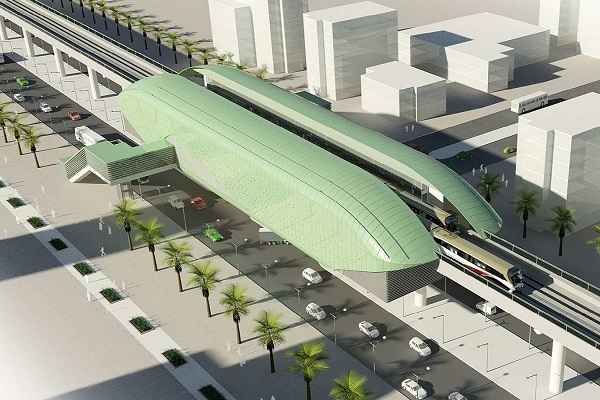 Construction work commenced for Phase 2 of Taipei Metro's Green Line
Construction work commenced for Phase 2 of Taipei Metro's Green Line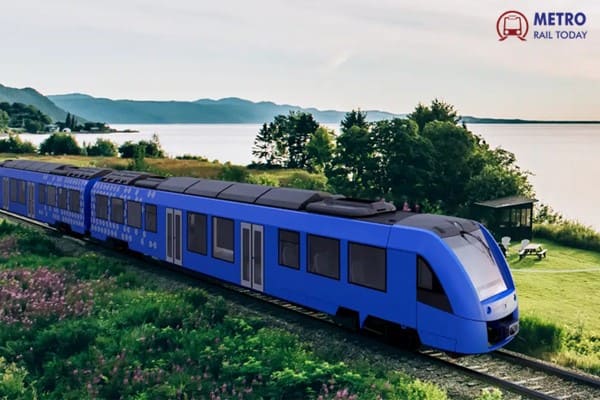 Global hydrogen fuel cell train market to reach $26.41 billion by 2035
Global hydrogen fuel cell train market to reach $26.41 billion by 2035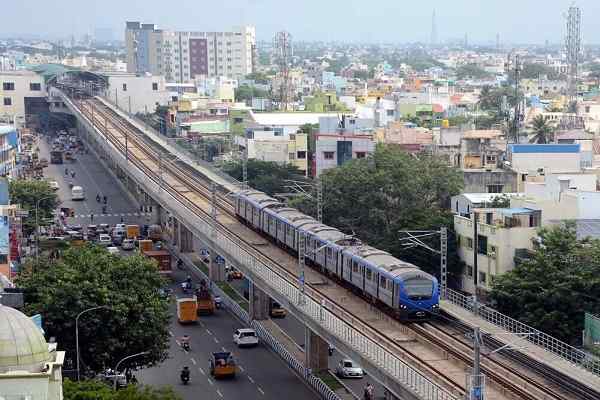 5 Bidders compete for DPR Consultancy of Chennai's Parandur Airport Metro Line
5 Bidders compete for DPR Consultancy of Chennai's Parandur Airport Metro Line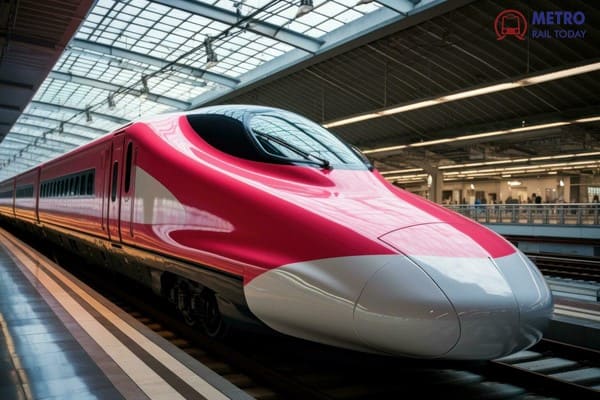 Indian Railways commences production of High Speed Bullet Train on Vande Bharat platform
Indian Railways commences production of High Speed Bullet Train on Vande Bharat platform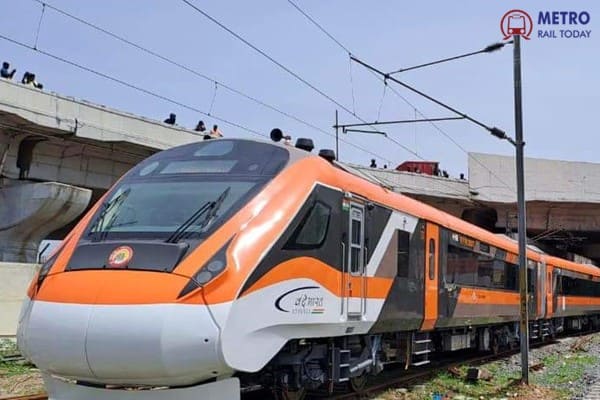 Ramkrishna Forgings bags ₹270 crore order for Vande Bharat Train Project
Ramkrishna Forgings bags ₹270 crore order for Vande Bharat Train Project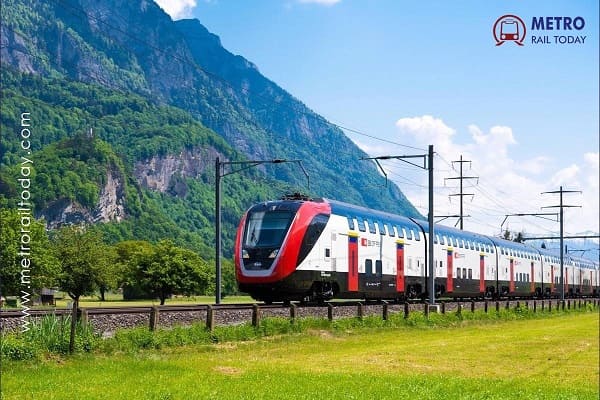 Passenger railway infrastructure maintenance market to reach USD 76134 million by 2032
Passenger railway infrastructure maintenance market to reach USD 76134 million by 2032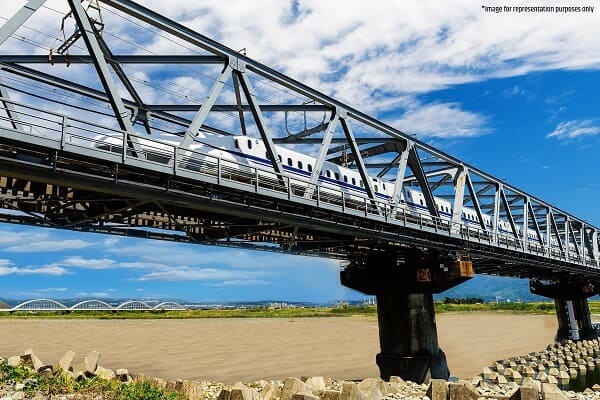 First Open Web Girder launched on Mumbai-Ahmedabad High Speed Rail Corridor
First Open Web Girder launched on Mumbai-Ahmedabad High Speed Rail Corridor
Exclusive interview with UJM Rao, Managing Director, Andhra Pradesh Metro Rail Corporation

UJM Rao is presently working in the capacity of Managing Director of Andhra Pradesh Metro Rail Corporation Limited (APMRC) - a State-owned SPV of Andhra Pradesh since January 2016, almost since its inception of the Corporation. Initially, he joined APMRC as the General Manager (Coordination & Finance) and was elevated to the position of Managing Director.
Rao is a 1988 batch IRAS Officer belonging to Indian Railways and before his current assignment, he worked in various higher managerial positions in the Railways. His long and rich experience in Railways in various streams like Logistics, Railway Operations, Major Construction Projects including Railway Electrification etc. at decision-making levels has given him enough confidence in handling the Metro Rail Projects under implementation by APMRCL.
In a recent interaction with Metro Rail Today, Rao frankly shared the progress of upcoming metro rail projects in Andhra Pradesh state and the need for a metro rail system in highly populated cities. He also talked about various options for revenue generation to be exercised by existing metro organizations from out-of-the-fare-box and non-fare-box sources.
What is the current status of metro rail projects proposed for the twin cities of Visakhapatnam and Vijayawada?
The AP Metro Rail Corporation has been entrusted by the State Government with the responsibility of taking up Metro and other MRTS Projects in the State. At the moment, the Visakhapatnam Light Metro Rail Project is under active implementation. The plans are to establish three more projects Viz. a Catenary Free Modern Tram System in Visakhapatnam City and the VMRDA Area, Vijayawada Light Metro Rail Project and Semi High-Speed Circular suburban Rail Services in Vijayawada-Guntur-Tenali area.
The DPRs for the Visakhapatnam and Vijayawada Metro Rail Projects are ready and are in the process of obtaining necessary approvals before implementation of the said Projects.
How many metro corridors are planned for Visakhapatnam and when will the city get its first metro rail network? What are the ridership forecasts?
In Visakhapatnam, we are planning to establish the Light Metro Rail Project, the most sustainable and cost-effective Metro Rail System suitable for the City and similar Tier 2 Indian cities. This is a smaller and smarter version of other Metro Systems in the Country where the Capex is lesser by >20% and also lesser Opex.
In Visakhapatnam, we have planned 4 corridors for a total length of 76.90 KM covering most of the crowded parts of the City. The Project is in the process of obtaining approvals and clearances from the Government Authorities before grounding the Project.
The COD (Date of Commercial Operations) is expected to be in the year 2026. The estimated daily ridership potential is 5.19 lakhs in 2026, gradually rising up to 12.70 lakhs by 2051.
What is the estimated cost of the proposed Visakhapatnam metro project and how will the project develop on the ground? Are you also exploring the PPP modal to implement the project to reduce the financial burden on the State/Central Governments?
The proposed financial model is the VGF – VGF-PPP model to minimize the financial burden on the State Government. The Project completion cost for the 76.90 KM length of Light Metro is assessed as Rs.14,309 Cr.
Do Visakhapatnam and Vijayawada need metro rail systems? What are the advantages of metro rail systems over other modes of mass rapid transit systems?
Yes, very much. Both Visakhapatnam and Vijayawada together with their Urban Agglomeration have a population of 41 lakhs and 25 lakhs respectively and these two cities are growing at a fast pace in the advent of newly formed bifurcated Andhra Pradesh. As per Metro Rail Policy – 2017, the cities having more than 20 lakhs the population can establish Metro Rail Systems as the Most Modern Public Transportation System.
The Metro Rail Systems are always better than the other modes of Public Transport Systems, owing to many value-added advantages like the System is swanky, safe, fast, comfortable, reliable, convenient, pollution-free, eco-friendly, energy saver and also affordable. In Visakhapatnam and Vijayawada, the cost-saving Light Metro Rail System, which would cater to the needs of the city population for the next 40 years and is upgradable to a higher capacity Metro Rail System thereafter are being established.
In my opinion, the Light Metro System would be sufficient for similar Tier 2 Cities, as there would be sizeable savings both in Capex and Opex while providing the same facilities to the commuters.
What are the economic benefits of metro rail projects? Can you suggest some best options to generate revenue from out of the farebox?
The Metro Rail Systems are capital-intensive Public Transportation Projects and therefore recovery of the initial investment made for establishing these Systems will take a longer duration. However, the socio-economic benefits such as passenger travel time, pollution reduction, reduction in air and sound pollution, reduced road accidents, savings in vehicle operating cost, etc., that would accrue to society are enormous. As the present city environment is filled with more and more carbon emissions out of pollution by transport vehicles, air pollution, water pollution and pollution from factories, there is an urgent need to control and contain the carbon emissions causing adverse climatic changes. As such, the best solution is to set up the zero pollution Metro Rail Systems in Cities which is a 100+ year sustainable public transportation system.
Since the fares are to be kept at affordable levels to the common man, the farebox revenues alone cannot meet the costs. Therefore, we should look for non-fare revenues also in all possible ways to smoothly meet the debt servicing charges of the initial investment as well as the O&M expenses. The non-fare revenues include advertisements both digital and non-digital, inside and outside the stations, viaduct, depots, pillars, parking places etc. The advertisement on daily and monthly tickets also could add up. The train branding and station branding, the rentals on commercial shops, offices, crèches, and mini function halls in the station premises are also major sources of earnings. The Transit-Oriented Development (TOD) earnings in the influence zone of Metro Rail Alignment is another major source of revenue for the management.
A higher capacity solar plant can be set up by installing solar panels on viaducts, rooftops of stations, depots, and the service buildings to produce electricity covering the energy costs of the Metro Rail System.
What is the current status of the proposed Semi High-Speed Circular Suburban Rail proposed to connect important places in Andhra Pradesh such as Vijayawada, Namburu, Amaravati, Guntur and Tenali?
The draft Detailed Project Report (DPR) was prepared for this Project and the same has been sent to Railways for obtaining their consent with regard to the sparing of small Railway Land Parcels adjacent to Railway Stations for intermodal connectivity and sanction for crossing railway tracks at two locations.
What is your feedback on the content we served through our print and online publications? Any suggestions to improve the quality of content?
I am a regular reader of your monthly magazine, as APMRCL has been one of the old subscribers to the Journal for the last 3 years. The content, variety in the subjects chosen, the quality of presentation etc., have greatly improved over the years making us look forward to the next issue eagerly.
Anything else you would like to share with our readers?
As I explained in my above replies the Capital Investment in the Metro Rail Systems should be kept optimal. So considering the moderate ridership and limited traffic revenues for the next 40 horizon years of a particular City, a suitable MRTS System should be adopted. At present, the conventional Metro Rail Systems are under implementation in 29 cities that are either operational or in the construction stage or approved and under financial closure before starting the Project. In my opinion, except for the cosmopolitan and Tier 1 Cities, the other Tier 2 Cities do not require such a huge system. Instead, they can go for a smaller capacity Light Metro Rail System where the capital cost could be reduced by more than >20% besides lesser recurring O&M expenditure. At least the Cities in which Metro Rail Systems are at the planning stage and in the Pipeline can think of this important aspect.





